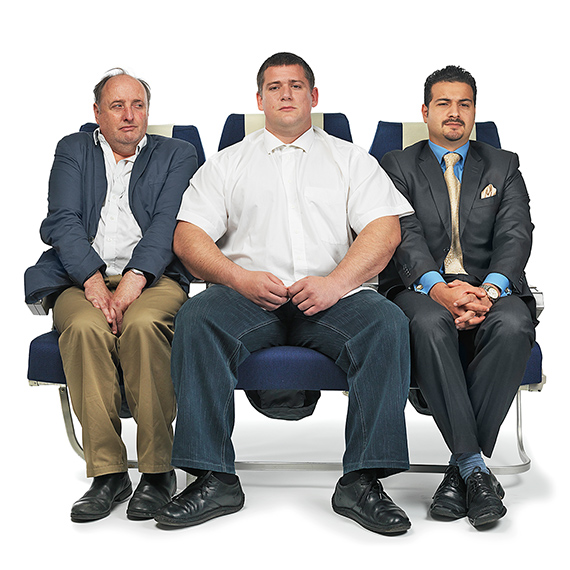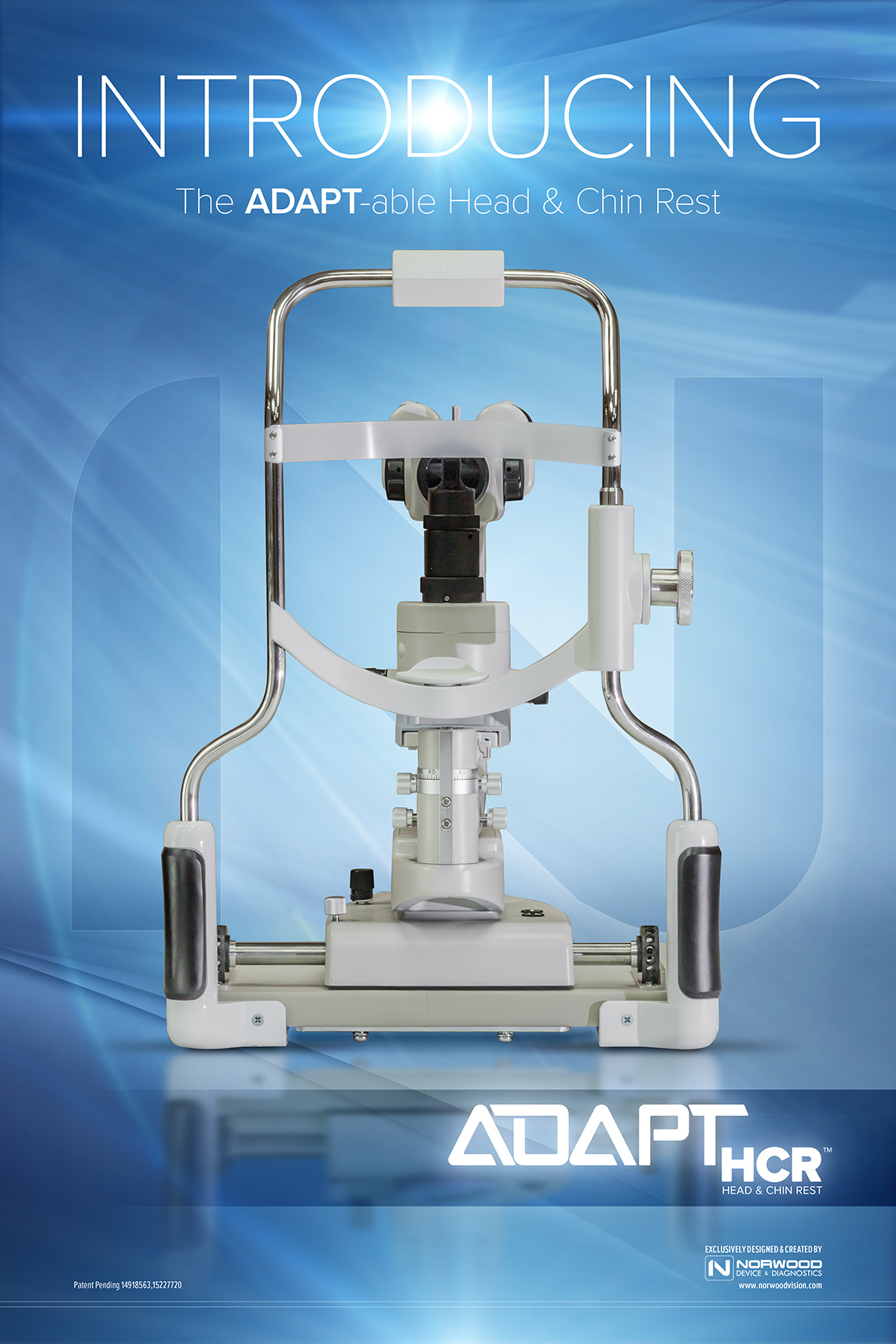
So, if you’re lucky, you get to see your patients every two years. That means that you have very few opportunities to give your patients a great experience. One of the key proponents to a great experience is not in overdoing everything, but is really about making sure that nothing goes wrong, and the patients are comfortable.
Much of this can be seen when looking at the difference between ‘economy’ and ‘first’ (or ‘business’) classes on an airline. When you look at it objectively, first class is a chair that you don’t get squished in.
If I only fly every two years and I am crammed into a tiny seat, of course I’m going to hate it. Maybe I’ll push off the next trip to every three years. Or maybe I’ll wait until I really have to go before I schedule another trip. Or maybe I’ll start thinking that I can get a better flight by just using a different airline.
On the other hand, if I do the same trip in first class, that gives a completely different experience. After it’s over, I’m not sore, had a great time, and everything went as expected. At the time, I may not realize I am ‘super comfortable’, but when we compare that to the neck aches and other problems of being jammed in coach, the difference becomes clear. We don’t necessarily notice the comfort, but we would certainly have a problem if it wasn’t there.
 So, with all of that in mind, shouldn’t your patient’s exam experience be a first class exam, and not an economy one? I’m sure, if you’ve ever used the head and chin rest on a slit lamp, you’ve noticed how confining it is. This is certainly more noticeable if you have a different body type than the person who designed it – just like the seats in the back of an airplane. So why make your patients cram into something uncomfortable, when you could easily use an ADAPT head and chin rest instead?
So, with all of that in mind, shouldn’t your patient’s exam experience be a first class exam, and not an economy one? I’m sure, if you’ve ever used the head and chin rest on a slit lamp, you’ve noticed how confining it is. This is certainly more noticeable if you have a different body type than the person who designed it – just like the seats in the back of an airplane. So why make your patients cram into something uncomfortable, when you could easily use an ADAPT head and chin rest instead?
The ADAPT is designed to be a better fit for a number of different body types – the patient no longer has to squish against the confining metal hand grips to try and get their head in place. The very last thing that you want to have happen is the patient to either be uncomfortable or embarrassed that they can’t fit into a piece of your exam equipment. Avoiding that uncomfortable situation, as a care provider, is one of your main concerns. I’ve even heard of patients getting caught or pinched in one of the older-style chin rests. When something like that happens, you can guarantee that the patient isn’t looking forward to their next exam.
Is the patient going to sit down in front of your slit lamp and say, “Wow, doc, this chin rest is so comfy!”. No, of course not. Well, probably not. There’s always one. In general, however, this is something that gives your patients the better experience by virtue of making sure they don’t notice discomfort. If all seats on a plane were first class, then nobody would ever notice the difference or think twice about the seat being uncomfortable. So why not have a similar experience in the exam room?
This also makes it easier for patients with physical disabilities to be examined properly, as you can’t always ask them to move around so you can get a good position. Since every patient is different and has different needs, asking them all to conform to one rigid, confining place is bound to cause, at the very least, discomfort. If you can give a better, more comfortable exam experience, why wouldn’t you?
Visit www.norwoodvision.com/adapt-hcr.html to learn more about providing first-class comfort for your patients.
– Neal Page and Del Griffith

